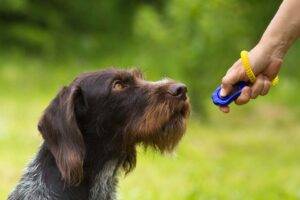
Ever wondered why your four-legged family member does what it does? The behavior of our animal companions is influenced by a blend of instinctual drives and learned experiences. Understanding this balance can help you better manage your domestic life.
Long before they became our companions, animals had to survive in the wild. Those survival instincts—like searching for food or reacting to perceived threats—are hardwired into their genes. For example, the tendency to dig or scratch might have once been a way to unearth food or create a shelter. These behaviors occur naturally and often don’t require any learned experiences.
Unlike instincts, learned behaviors come from interacting with their environment and, more importantly, with you. Through training, animals can learn anything from basic commands like sit or stay to more complex actions like fetching a specific item. Positive or negative reinforcement plays a key role in shaping these behaviors.
The trick is to recognize which behaviors are instinctual and which are learned. If a behavior seems out of place, it might be a learned reaction to a specific situation. In these cases, retraining using positive reinforcement can often redirect the behavior. For instinctual actions, a controlled environment that lets them safely exercise these instincts might be the best approach.
Different breeds have different inherent tendencies. Knowing the natural predispositions of your animal’s breed can provide a lot of insights into their behavior.
By understanding the blend of instincts and training that shape your animal companion’s actions, you can better anticipate their needs and create a more harmonious home. 🐾🏠